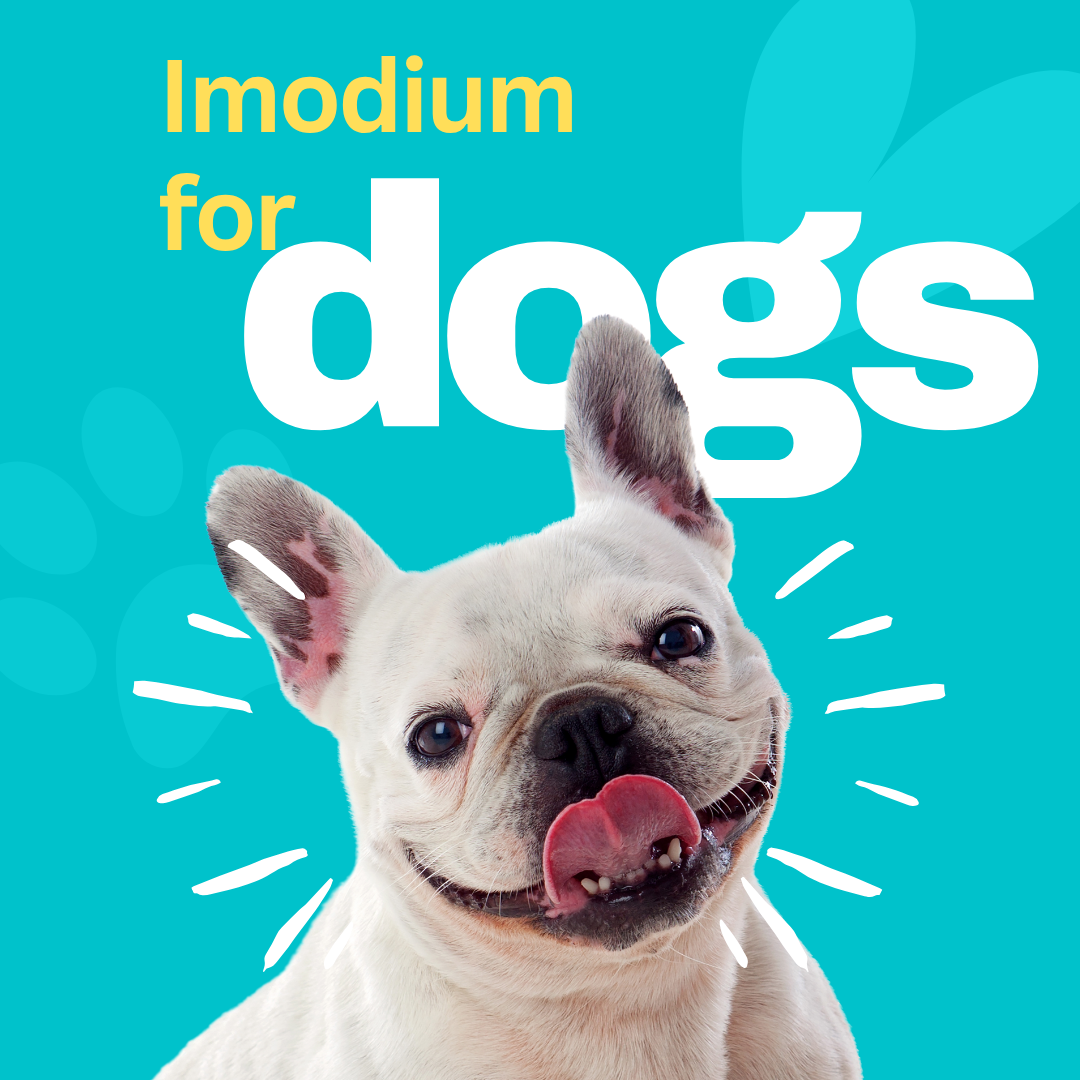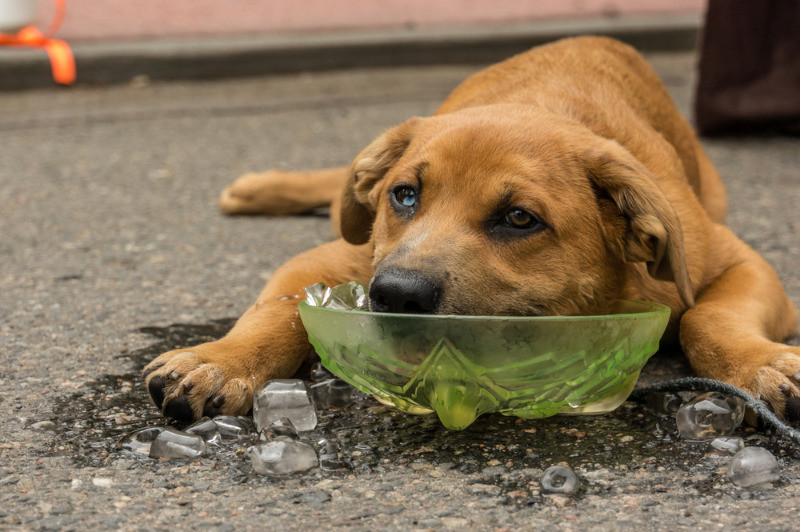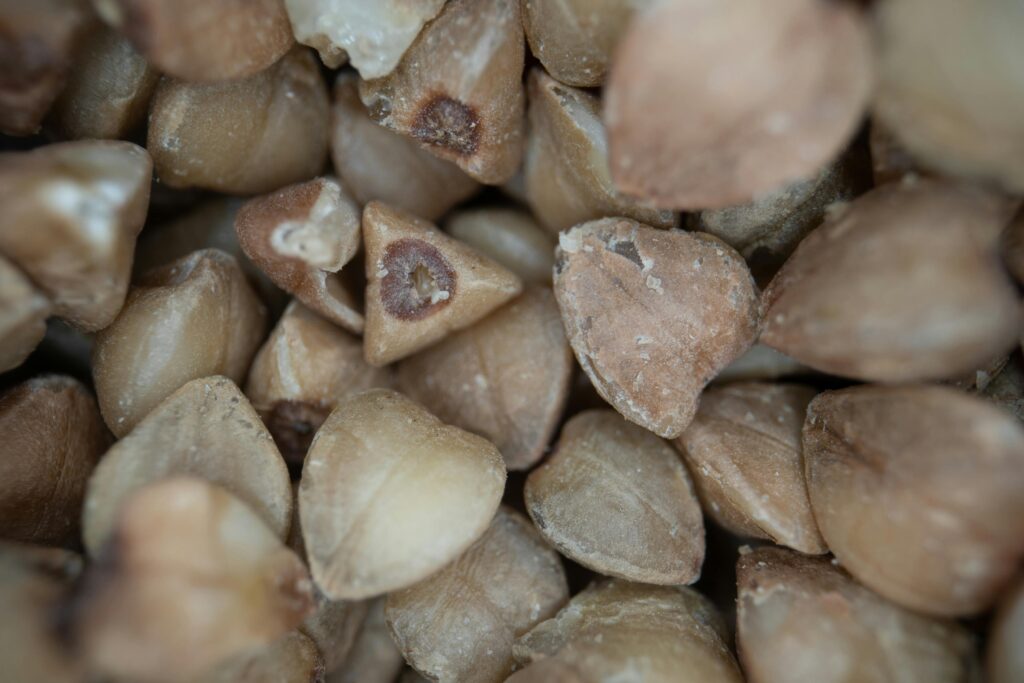Recommended Dosage of Imodium for Dogs
Proper Dosage Guidelines
When it comes to giving your dog Imodium, dosing is everything. The standard Imodium medication used is called loperamide hydrochloride, and it’s crucial to get the dosage just right to avoid harming your dog. For most dogs, the recommended dosage of Imodium A-D (loperamide 2 mg tablets) is 0.1 mg per pound (0.2 mg/kg) of body weight, given every 8 to 12 hours.
To put it simply:
- A 20-pound dog would typically receive around 2 mg, or one regular-strength tablet, every 8 to 12 hours.
- A 10-pound dog would get half a tablet, and so on.
It’s important to never exceed this dosage without a vet’s supervision. Also, note that Imodium Multi-Symptom Relief is a different formulation and should be avoided entirely, as it contains additional ingredients like simethicone, which can be harmful.
Dogs with existing liver or kidney issues, or those taking other medications, might be more sensitive to loperamide. That’s why veterinary guidance is non-negotiable. Never assume that what works for one dog will work for another—especially if you’re dealing with a toy breed, which is more prone to overdoses.
Factors Affecting Dosage (Weight, Age, Health Conditions)
Your dog’s weight is the first and most obvious factor when determining the right Imodium dosage. But it doesn’t stop there. You also have to consider your dog’s age, overall health status, and breed sensitivity. Senior dogs or those with compromised immune systems may process medications differently, increasing the risk of adverse effects.
Health conditions like liver disease, kidney disease, hypothyroidism, or Addison’s disease can significantly affect how a dog metabolizes Imodium. In such cases, the standard dosage may be too high, or the drug may not be recommended at all.
Another factor is the presence of gastrointestinal infections. If your dog’s diarrhea is caused by parasites, viruses, or bacteria, giving Imodium could actually worsen the situation by slowing down the elimination of those pathogens.
It’s also important to ensure your dog is well-hydrated. Imodium treats the symptoms—not the underlying cause—so if your dog is losing fluids due to diarrhea, fluid replacement is just as important as symptom control.
Forms of Imodium (Tablets, Liquid)
There are primarily two safe and commonly used forms of Imodium for dogs:
- Imodium A-D tablets: Each tablet contains 2 mg of loperamide. These are convenient for medium to large dogs but can be tricky to split for smaller breeds.
- Children’s liquid Imodium (oral suspension): This is often a better option for small dogs since it’s easier to measure out a precise dose. The children’s version typically contains 1 mg of loperamide per 7.5 mL, which allows more control over how much your dog gets.
Never use capsule or gel formulations that include additional active or inactive ingredients unless approved by a vet. Always check the label for artificial sweeteners like xylitol, which is toxic to dogs even in small amounts.
Frequency of Administration
In general, Imodium can be given every 8 to 12 hours, depending on the severity of your dog’s symptoms and the vet’s instructions. However, it should not be used for more than two days in a row unless under direct veterinary supervision.
If your dog’s diarrhea hasn’t improved within 48 hours, or if they develop vomiting, lethargy, or abdominal bloating, stop the medication immediately and consult a veterinarian. Frequent or prolonged use can mask serious issues, including inflammatory bowel disease, infections, or pancreatic disorders.
Monitoring your dog’s response to the medication is critical. If the symptoms worsen or new symptoms appear, that’s a clear sign something isn’t right.
How to Administer Imodium to Your Dog
Giving Imodium Tablets to Dogs
Administering tablets can be a challenge, especially if your dog is the suspicious type. The easiest method is to hide the tablet in a treat—think peanut butter (xylitol-free!), cream cheese, or a soft dog treat with a pocket. Some pet parents use pill pockets, which are specially designed soft chews that hold tablets securely.
Make sure your dog actually swallows the tablet. Some clever pups will chew it up and spit it out—or worse, eat the treat and leave the medicine behind. If your dog refuses the treat method, you may need to use the manual pill method:
- Gently open your dog’s mouth.
- Place the pill far back on the tongue.
- Close the mouth and gently hold it shut.
- Rub your dog’s throat or blow gently on the nose to encourage swallowing.
Always reward your dog afterward—not just with a treat, but with affection, so the experience isn’t traumatic.
Using Liquid Imodium for Easier Dosing
For small dogs or those who simply refuse pills, children’s liquid Imodium is often the best option. It allows for precise dosing, which is especially important for toy breeds where even a small overdose can be dangerous.
Use a syringe or dropper to measure the exact amount prescribed by your vet. To administer:
- Gently lift your dog’s lip to expose the side of their mouth.
- Insert the syringe just past the back teeth.
- Slowly squirt the liquid into the side of the mouth.
Avoid forcing the syringe too deep to prevent gagging or aspiration. If your dog resists, try wrapping them in a towel “burrito-style” to minimize movement.
Liquid Imodium doesn’t taste great, so be prepared for some drooling or even a bit of protest. Some pet owners mix the dose with a tiny amount of food, like chicken broth or wet dog food, to mask the taste.
Mixing with Food or Treats
Whether you’re using a tablet or a liquid, mixing Imodium with food is a great way to make the process smoother. However, it’s vital to ensure that:
- The food is safe and bland (boiled chicken, white rice).
- You use only a small amount of food to ensure the dose is consumed fully.
- Your dog actually finishes the entire serving.
If your dog has diarrhea, a bland diet is usually recommended anyway, so combining Imodium with boiled chicken or rice can serve a dual purpose: soothing the gut and masking the taste of the medicine.
Avoid using fatty or spicy foods, dairy, or human leftovers, as these can aggravate diarrhea.
Risks and Side Effects of Imodium in Dogs
Common Side Effects to Watch For
While Imodium can be beneficial when used appropriately, it’s not without potential side effects. Just like with any medication, dogs can react differently based on their unique biology. Some of the more common side effects you might notice after giving Imodium include:
- Lethargy or drowsiness: Imodium can cause your dog to become sleepy or unusually calm.
- Constipation: If the dosage is too high or the dog is sensitive, Imodium might overcorrect the diarrhea and lead to constipation.
- Bloating: Gas buildup or bloating can occur, especially if your dog is prone to digestive issues.
- Loss of appetite: Some dogs might not feel like eating while on this medication.
- Flatulence and mild stomach upset: These are mild and usually go away on their own, but they are still worth noting.
If you notice any of these effects, it’s important to monitor your dog closely. Often, these symptoms are short-lived and subside once the medication leaves the system, but they can be early signs of something more serious brewing.
Imodium should never be a long-term solution. If your dog’s diarrhea doesn’t clear up within 24–48 hours, or if any new symptoms develop, stop administering the medication and seek veterinary care. Persistent diarrhea may signal deeper issues like food allergies, parasites, or gastrointestinal diseases that require targeted treatment.
Serious Adverse Reactions
Though rare, some dogs can suffer from serious reactions to Imodium. These cases are more likely if the dog has a pre-existing health condition, is of a sensitive breed, or has been given too high a dose. Watch for the following red flags:
- Severe lethargy or unresponsiveness
- Vomiting, especially if persistent
- Stomach distension or obvious pain
- Loss of coordination or tremors
- Panting, restlessness, or signs of distress
These are symptoms that shouldn’t be taken lightly. If any of them appear, get your dog to the vet immediately. Overdosing on loperamide can also lead to toxic buildup, especially in dogs with liver dysfunction, which processes most medications.
An overdose can lead to a slowed heart rate, difficulty breathing, coma, and in extreme cases, death. This is why veterinary oversight is crucial before administering any over-the-counter medications.
Breeds Sensitive to Imodium (Collies, etc.)
Certain dog breeds carry a genetic mutation known as MDR1 (Multi-Drug Resistance 1), which affects how their bodies process many medications—including Imodium. Dogs with this mutation are extremely sensitive to loperamide and can suffer life-threatening side effects from even small doses.
Breeds known to commonly carry the MDR1 gene include:
- Collies
- Australian Shepherds
- Shetland Sheepdogs (Shelties)
- Border Collies
- Old English Sheepdogs
- Long-haired Whippets
For these breeds, Imodium is generally not recommended at all unless a vet has confirmed through genetic testing that the dog does not carry the MDR1 mutation. If you’re unsure, always err on the side of caution and consult your vet before giving any medication.
MDR1 sensitivity can result in neurological issues, such as tremors, seizures, or even coma, which is why it’s vital to respect breed-specific guidelines when using any human medication on dogs.
Overdose Symptoms
An Imodium overdose in dogs is a medical emergency. Symptoms of overdose can develop quickly, and without prompt treatment, the situation can become critical. Here’s what to watch out for:
- Extreme drowsiness or unconsciousness
- Irregular heartbeat or slow heart rate
- Respiratory depression (slow or shallow breathing)
- Dilated pupils
- Ataxia (loss of coordination or unsteady walking)
- Muscle tremors or seizures
If your dog shows any of these symptoms after taking Imodium, go to the emergency vet immediately. Time is of the essence in overdose situations. Activated charcoal may be administered to bind the drug in the stomach, and IV fluids, anti-seizure meds, or ventilator support may be necessary depending on the severity.
The good news? Most cases of accidental overdose can be treated successfully if caught early. That’s why it’s so important to keep medications out of reach and always measure doses precisely.
Alternatives to Imodium for Dog Diarrhea
Natural Remedies and Dietary Adjustments
If you’re hesitant about using Imodium or your vet advises against it, there are several natural and holistic alternatives that can help manage your dog’s diarrhea safely. Most cases of acute, non-serious diarrhea can be managed effectively at home with the right care.
Start with a temporary fasting period—about 12 to 24 hours for adult dogs (not puppies), to give the digestive tract time to reset. Always ensure your dog has access to plenty of fresh water to avoid dehydration.
Once the fasting period is over, switch to a bland diet:
- Boiled white rice
- Boiled, skinless chicken breast
- Plain, unsweetened pumpkin (not the pie filling kind)
Pumpkin is especially effective thanks to its fiber content, which can help firm up stools. You can add a tablespoon or two (depending on your dog’s size) to each meal.
Other natural options include:
- Slippery elm bark: A plant-based supplement known for its soothing effect on the gut lining.
- Probiotics: These can help restore balance to your dog’s gut flora, especially after a bout of digestive upset.
- Bone broth: Offers hydration and essential nutrients without taxing the digestive system.
Just be careful not to add any salt, onions, garlic, or spices, as these can be harmful to dogs.
When to Use Prescription Medications Instead
There are situations where over-the-counter options like Imodium simply won’t cut it. If your dog has chronic diarrhea, or if tests reveal an underlying issue like parasites, bacterial infections, or inflammatory bowel disease, prescription medications may be necessary.
Veterinarians may prescribe:
- Metronidazole (Flagyl): An antibiotic often used to treat inflammatory conditions and infections in the GI tract.
- Tylosin: An antibiotic that’s especially helpful for chronic diarrhea.
- Panacur or Albon: Antiparasitic treatments, if parasites are the root cause.
- Prednisone or other corticosteroids: For autoimmune-related gastrointestinal disorders.
These medications work by targeting the specific underlying cause, unlike Imodium, which merely masks the symptoms. That’s why long-term use of Imodium is rarely the solution—it doesn’t fix the root of the problem.
A proper diagnosis is always the first step toward a real solution.
When to See a Veterinarian
Signs Your Dog Needs Professional Care
While mild diarrhea can often be managed at home, there are clear warning signs that indicate it’s time to get professional help. You should call or visit your vet immediately if you notice any of the following:
- Diarrhea lasting more than 48 hours
- Presence of blood or mucus in the stool
- Lethargy or weakness
- Vomiting combined with diarrhea
- Fever or signs of pain
- Signs of dehydration (dry gums, sunken eyes, poor skin elasticity)
- Significant weight loss
- Unusual behavior or mental dullness
Puppies, senior dogs, and those with chronic conditions like diabetes or kidney disease are more vulnerable and should be evaluated sooner rather than later. Prolonged diarrhea can cause dangerous electrolyte imbalances, nutritional deficiencies, and severe dehydration, all of which can escalate into life-threatening issues if not treated promptly.
Also, if your dog is on any medications or has had recent exposure to toxic substances, vet intervention becomes even more urgent. Certain poisons or infections can cause symptoms similar to simple gastrointestinal upset but require vastly different treatment strategies.
Diagnostic Steps Your Vet Might Take
When you bring your dog in for persistent diarrhea, the vet will likely begin with a full physical examination followed by a detailed history. Be prepared to answer questions like:
- When did the diarrhea start?
- How frequently is it occurring?
- What does the stool look like?
- Has your dog been exposed to new foods, environments, or animals?
Based on the symptoms and exam, the vet might run:
- Fecal tests to look for parasites, bacteria, or viruses.
- Blood work to assess organ function and hydration.
- X-rays or ultrasounds to check for obstructions or abnormalities in the gastrointestinal tract.
- Allergy testing or food elimination trials for suspected sensitivities.
With this information, your vet can tailor a treatment plan that might include dietary changes, medications, probiotics, or more advanced interventions like IV fluids.
Preventing Digestive Upsets in Dogs
Long-Term Gut Health Tips
Preventing diarrhea before it starts is always better than treating it after the fact. A dog’s digestive system is sensitive, and even minor changes can trigger upset. Here’s how to maintain long-term digestive health:
- Consistent diet: Sudden changes in food are a major cause of diarrhea. When switching brands or flavors, do it gradually over 7–10 days.
- Avoid table scraps: Rich or fatty human food is notorious for upsetting dog stomachs. Avoid giving leftovers, especially those containing spices, onions, garlic, or dairy.
- Use probiotics: A daily dog-safe probiotic can help keep gut flora balanced, which plays a huge role in digestion and immune function.
- Fresh water always: Dehydration contributes to constipation and diarrhea. Always provide clean, fresh water—especially in hot weather.
- Regular exercise: Physical activity keeps everything moving internally. Dogs who exercise regularly tend to have more consistent and healthy bowel movements.
- Keep them away from trash: Dogs are curious and sometimes indiscriminate eaters. Secure garbage cans, watch for scraps in public areas, and teach the “leave it” command.
Foods to Avoid for Dogs Prone to Diarrhea
Some dogs simply have more sensitive stomachs. If yours is one of them, avoid these diarrhea triggers at all costs:
- Fatty meats like bacon, sausage, or chicken skin
- Dairy products, especially cheese and milk
- Spicy or salty human foods
- Bones (especially cooked, which can splinter)
- High-fat treats like peanut butter with additives
- Artificial sweeteners, especially xylitol
- Raw or undercooked meat or eggs
- Sudden changes in diet
Stick to vet-recommended, balanced dog foods and consult your vet before trying new supplements or homemade recipes.
Final Thoughts: Is Imodium the Right Choice for Your Dog?
When used correctly, Imodium can be a helpful tool for managing temporary diarrhea in dogs. However, it’s not a one-size-fits-all solution. The key to safe and effective use lies in understanding your dog’s unique needs, their health status, and the underlying cause of the diarrhea.
Always consult your vet before giving any medication, especially if your dog belongs to a sensitive breed, is on other medications, or has a chronic health issue. For mild cases, a bland diet, hydration, and rest might be all your dog needs. But for anything more serious, professional diagnosis and treatment are essential.
Keep in mind, Imodium is a temporary fix—not a long-term solution. If your dog experiences diarrhea regularly, it could point to deeper health problems that require a more targeted approach.
Conclusion
Understanding how to safely use Imodium for dogs can be a game-changer for pet owners facing sudden bouts of canine diarrhea. While it’s tempting to reach for over-the-counter relief, using Imodium without proper knowledge can do more harm than good. Always take a cautious, informed approach, consult your vet, and consider all the alternatives before medicating. Your dog’s digestive health is too important to risk with guesswork.
FAQs
1. Can I give Imodium to my dog without a vet’s approval?
It’s not recommended. While some dogs tolerate it well, others may have adverse reactions. Always get your vet’s go-ahead before use.
2. How long does it take for Imodium to work in dogs?
Most dogs begin to show improvement within 1–4 hours after administration. If there’s no change in 24–48 hours, consult your vet.
3. Can puppies take Imodium?
No, Imodium is not safe for puppies without direct veterinary supervision. Their developing systems are highly sensitive to medications.
4. What should I do if my dog accidentally overdoses on Imodium?
Seek emergency veterinary care immediately. Symptoms like drowsiness, vomiting, or seizures can appear quickly and require fast intervention.
5. Are there safer alternatives to Imodium for mild dog diarrhea?
Yes, bland diets, probiotics, and pumpkin are often effective natural alternatives for mild cases. Always discuss options with your vet first.
Please don’t forget to leave a review.




